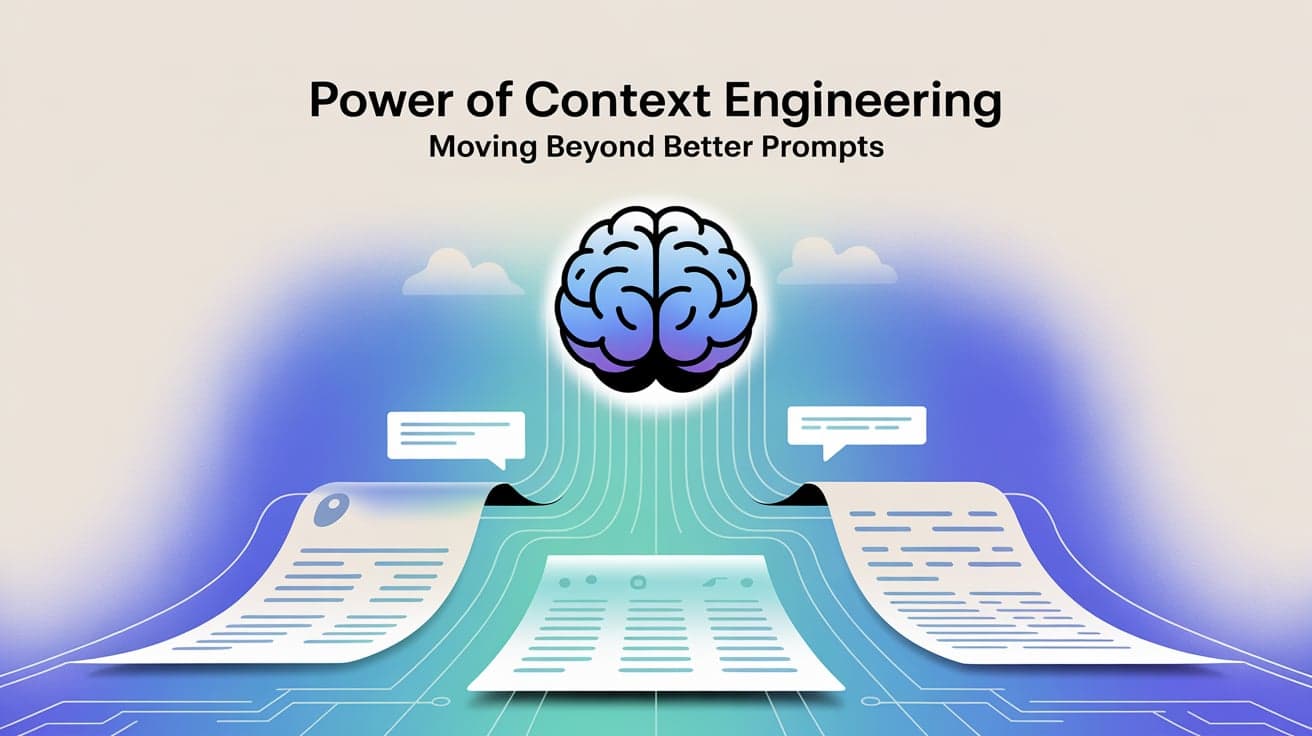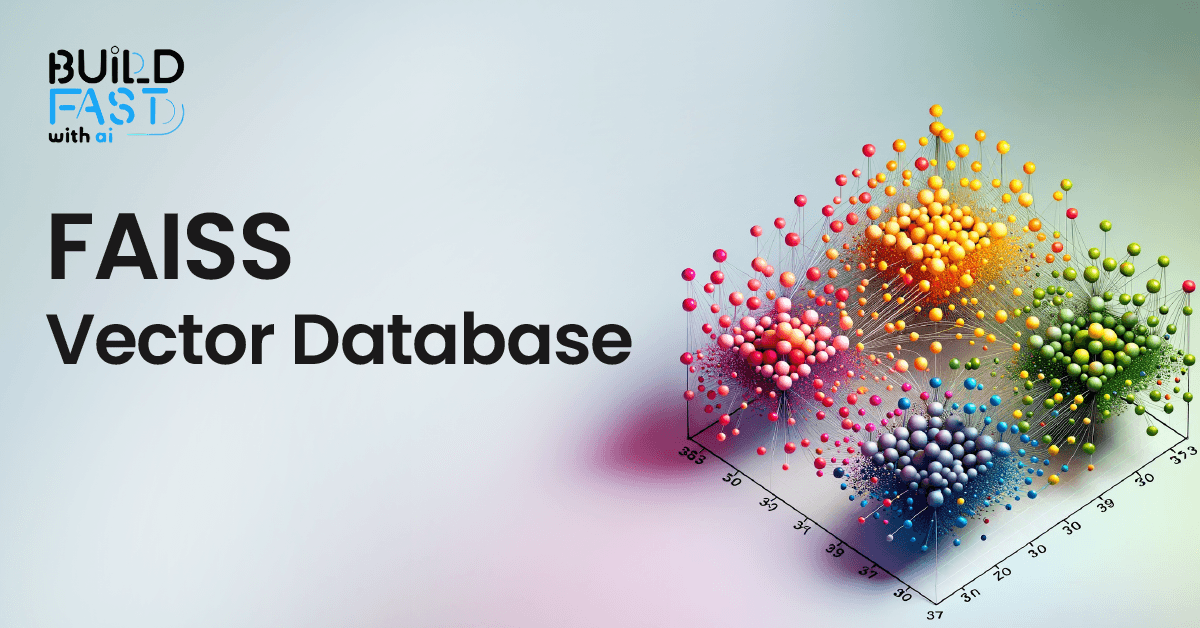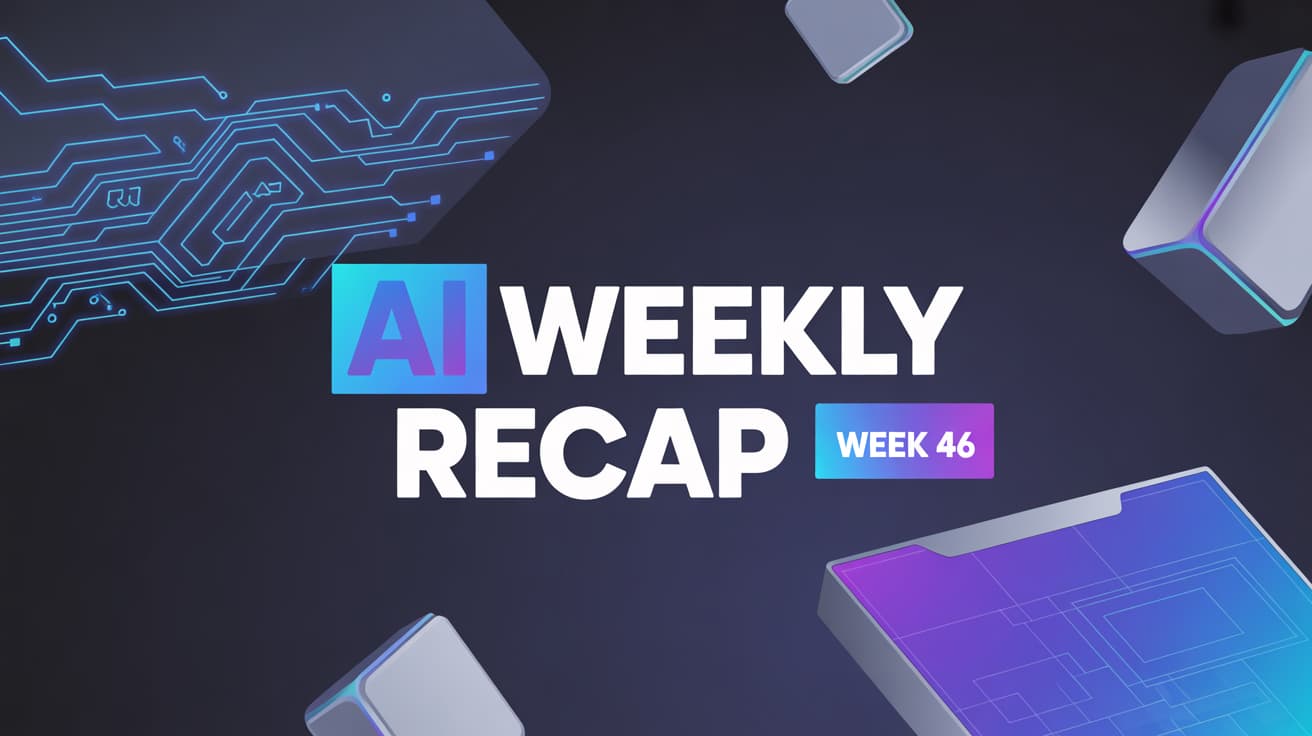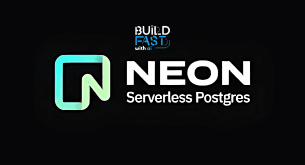Power of Context Engineering: Moving Beyond Better Prompts
Context engineering is the next big AI skill—going beyond prompt engineering to deliver accurate, personalized, and context-rich outputs. Learn techniques, tools, and real-world examples.

Power of Context Engineering: Moving Beyond Better Prompts
Introduction
In an era where AI is everywhere—from chatbots answering customer questions to code assistants writing software—one thing has become crystal clear: better prompts aren’t enough anymore.
Sure, prompt engineering helped us unlock the early power of large language models (LLMs). But if you’ve ever felt your AI assistant gives answers that are technically fine yet lack depth or relevance, you’ve run into the real issue. The missing piece is context.
Welcome to Context Engineering—the art and science of supplying AI not just with instructions, but with the right background, constraints, and goals to truly excel.
What Is Context Engineering?
Context engineering is the practice of setting the stage for AI to perform tasks with precision and relevance. While prompt engineering focuses on what to ask, context engineering ensures the AI knows what it needs to know to deliver high-quality results.
Think about it this way:
Prompt engineering is like handing someone a task list.
Context engineering is like giving them a project brief—with goals, audience, timelines, and resources.
For example:
Basic prompt: “Write a summary of this document.”
Context-engineered prompt: “You are a legal analyst. Here’s the case background, the client’s concerns, and this document. Write a summary with recommendations.”
The difference? The second one sets up the AI for a nuanced, useful response.
Why Context Engineering Matters
Without context, AI outputs are often generic, shallow, and forgettable. With context, you unlock:
- Accuracy: More precise and reliable answers.
- Task clarity: Outputs that actually align with goals.
- Personalization: Tone and style that fit the audience.
- Consistency: Memory and continuity across sessions.
In other words, context transforms AI from an “autocomplete machine” into a true collaborator.
The Four Layers of Context
Great context is multi-layered. Here are the four pillars of context engineering:
User Context – Who’s asking, what their goals and preferences are.
Example: “Sarah, your order #2031 is on the way.”
Temporal Context – The timing and urgency of the interaction.
Example: “Task due by noon tomorrow.”
Environmental Context – The medium, device, or channel.
Example: “Reply sent via mobile support app.”
Task Context – The actual request at hand.
Example: “Summarize this research paper.”
When combined, these layers create a full picture for AI to work with.
Context Engineering vs. Prompt Engineering
While they complement each other, they solve different challenges:
Prompt Engineering: Focuses on phrasing and format. Question: “What do I want the AI to do?”
Context Engineering: Focuses on background and goals. Question: “What does the AI need to know to do this well?”
Put simply: a clever prompt gets the AI moving, but a well-engineered context ensures it reaches the right destination.
How Modern AI Understands Context
Large language models operate within a context window—their “working memory.” The more strategically you fill that window, the better the results.
Effective context design involves:
User intent and profiles
Task goals and expected outputs
Reference materials and history
System constraints and rules
Tools, APIs, and knowledge bases
Just like RAM in a computer, this window is limited. What you include (and exclude) makes all the difference.
Core Techniques in Context Engineering
Write Context
Provide detailed briefs, narratives, or instructions that live inside or outside the AI’s window.
Example: A project scratchpad the AI can reference.
Select Context
Curate only the most relevant pieces of data or documents.
Example: Pulling from a vector database instead of dumping entire files.
Compress Context
Summarize large amounts of information to avoid overload.
Example: Condensing a 20-page report into 5 key takeaways.
Isolate Context
Separate types of information into distinct spaces to prevent confusion.
Example: Keeping system rules apart from user goals.
Real-World Applications
Customer Support Bots
Context: Order history + prior tickets → Personalized, human-like responses.Enterprise Assistants
Context: Team roles, project details → Tailored summaries and answers.Research Copilots
Context: Knowledge graphs + notes → Accurate reviews and recommendations.
These use cases show how context engineering moves AI from “basic helper” to professional-grade assistant.
Popular Tools for Context Engineering
LangChain – Manages LLM workflows and memory.
LlamaIndex – Connects models to external knowledge.
OpenAI Assistants API – Enables persistent memory and tool use.
RAG (Retrieval Augmented Generation) – Fetches real-time data before responding.
Vector Databases (Pinecone, Weaviate) – Power long-term semantic memory.
Best Practices for Context Engineering
Build context gradually, not all at once.
Start small with modular, high-value inputs.
Use embeddings for smarter data retrieval.
Separate user, system, and memory context.
Validate: Check if the AI actually uses the context.
Avoid token overload—trim the unnecessary.
The Future: Why Context Engineering Is the Next Big AI Skill
As AI models evolve, context—not just clever prompts—will determine quality.
Professionals who master context engineering will:
Deliver more accurate and personalized outputs
Stand out as AI power users
Treat AI as a collaborative teammate, not just a tool
In the future, the strongest AI workflows will come from those who understand how to feed the right context at the right time.
Final Thoughts
Don’t stop at prompt engineering. The real unlock lies in context engineering—curating, compressing, and delivering the information AI needs to thrive.
Ask yourself: What does the AI need to know, remember, or ignore to do this task well?
The more context-aware your AI workflows become, the more useful, humanlike, and effective your outputs will be.
Context engineering is your secret weapon.
===================================================================
Master Generative AI in just 8 weeks with the GenAI Launchpad by Build Fast with AI.
Gain hands-on, project-based learning with 100+ tutorials, 30+ ready-to-use templates, and weekly live mentorship by Satvik Paramkusham (IIT Delhi alum).
No coding required—start building real-world AI solutions today.
👉 Enroll now: www.buildfastwithai.com/genai-course
⚡ Limited seats available!
===================================================================
Resources & Community
Join our vibrant community of 12,000+ AI enthusiasts and level up your AI skills—whether you're just starting or already building sophisticated systems. Explore hands-on learning with practical tutorials, open-source experiments, and real-world AI tools to understand, create, and deploy AI agents with confidence.
Website: www.buildfastwithai.com
GitHub (Gen-AI-Experiments): git.new/genai-experiments
LinkedIn: linkedin.com/company/build-fast-with-ai
Instagram: instagram.com/buildfastwithai
Twitter (X): x.com/satvikps
Telegram: t.me/BuildFastWithAI
AI That Keeps You Ahead
Get the latest AI insights, tools, and frameworks delivered to your inbox. Join builders who stay ahead of the curve.
You Might Also Like

How FAISS is Revolutionizing Vector Search: Everything You Need to Know
Discover FAISS, the ultimate library for fast similarity search and clustering of dense vectors! This in-depth guide covers setup, vector stores, document management, similarity search, and real-world applications. Master FAISS to build scalable, AI-powered search systems efficiently! 🚀

7 AI Tools That Changed Development (November 2025)
Week 46's top AI releases: GPT-5.1 runs 2-3x faster, Marble creates 3D worlds, Scribe v2 hits 150ms transcription. Discover all 7 breakthrough tools.

Serverless PostgreSQL & AI: NeonDB with pgvector
Explore how NeonDB, a serverless PostgreSQL solution, simplifies AI applications with pgvector for vector searches, autoscaling, and branching. Learn to set up NeonDB, run similarity searches, build a to-do app, and integrate an AI chatbot—all with efficient PostgreSQL queries! 🚀

